Phonics Subject Leader: Miss J Aspey
For any more information on Horton Kirby’s Phonics Curriculum, please contact the office.
At Horton Kirby Primary School Phonics is taught using the structure of our systematic synthetic programme ‘Little Wandle Letters & Sounds’.

Intent
Children need to learn to read as quickly as reasonably possible, so they can move from learning to read to reading to learn, giving them access to the treasure house of reading. Our lessons are designed to meet the children’s needs based on our ongoing phonic assessments. This informs planning and streaming within year groups. Children who are not keeping up with their peers will be given additional practice immediately through keep-up sessions.
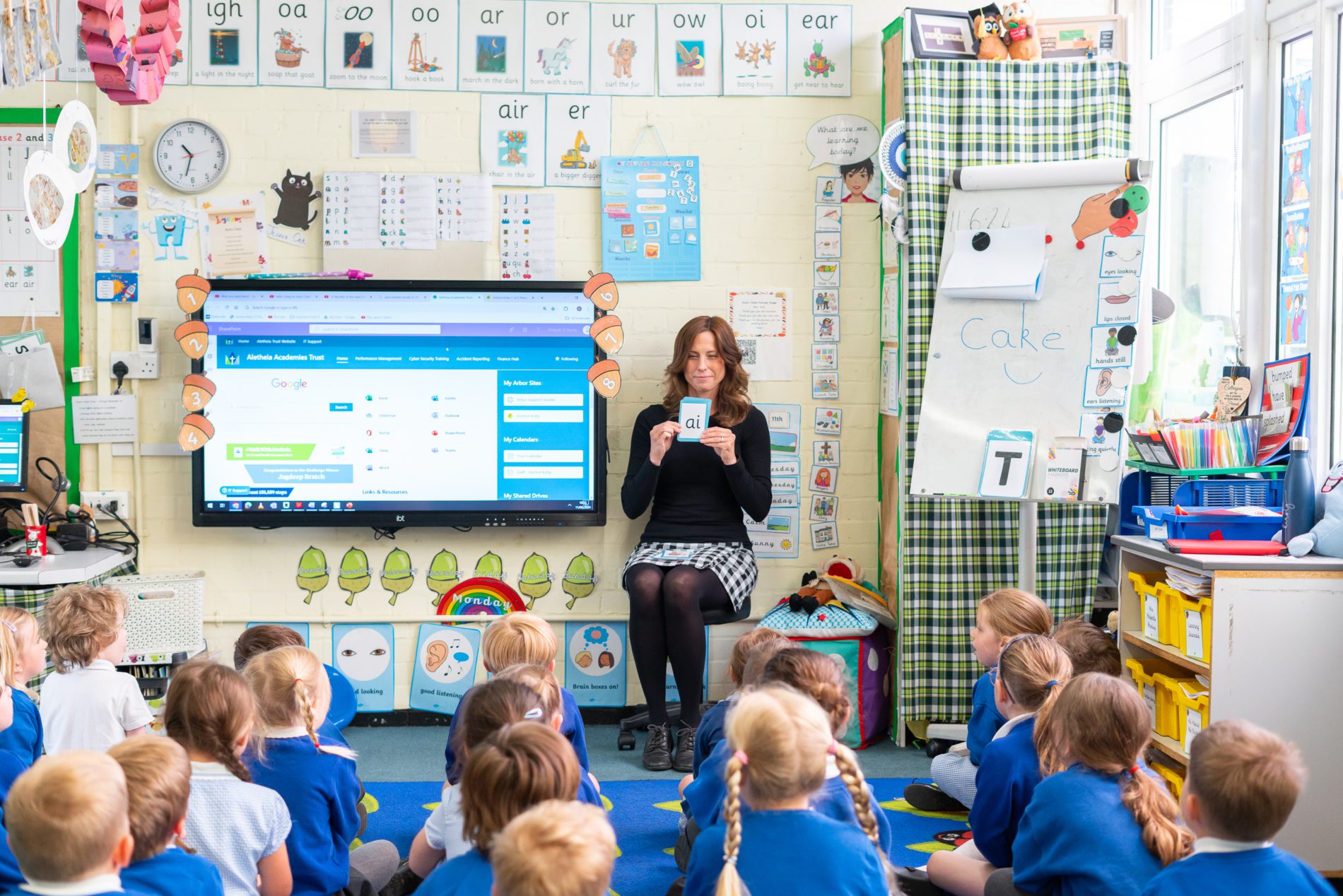
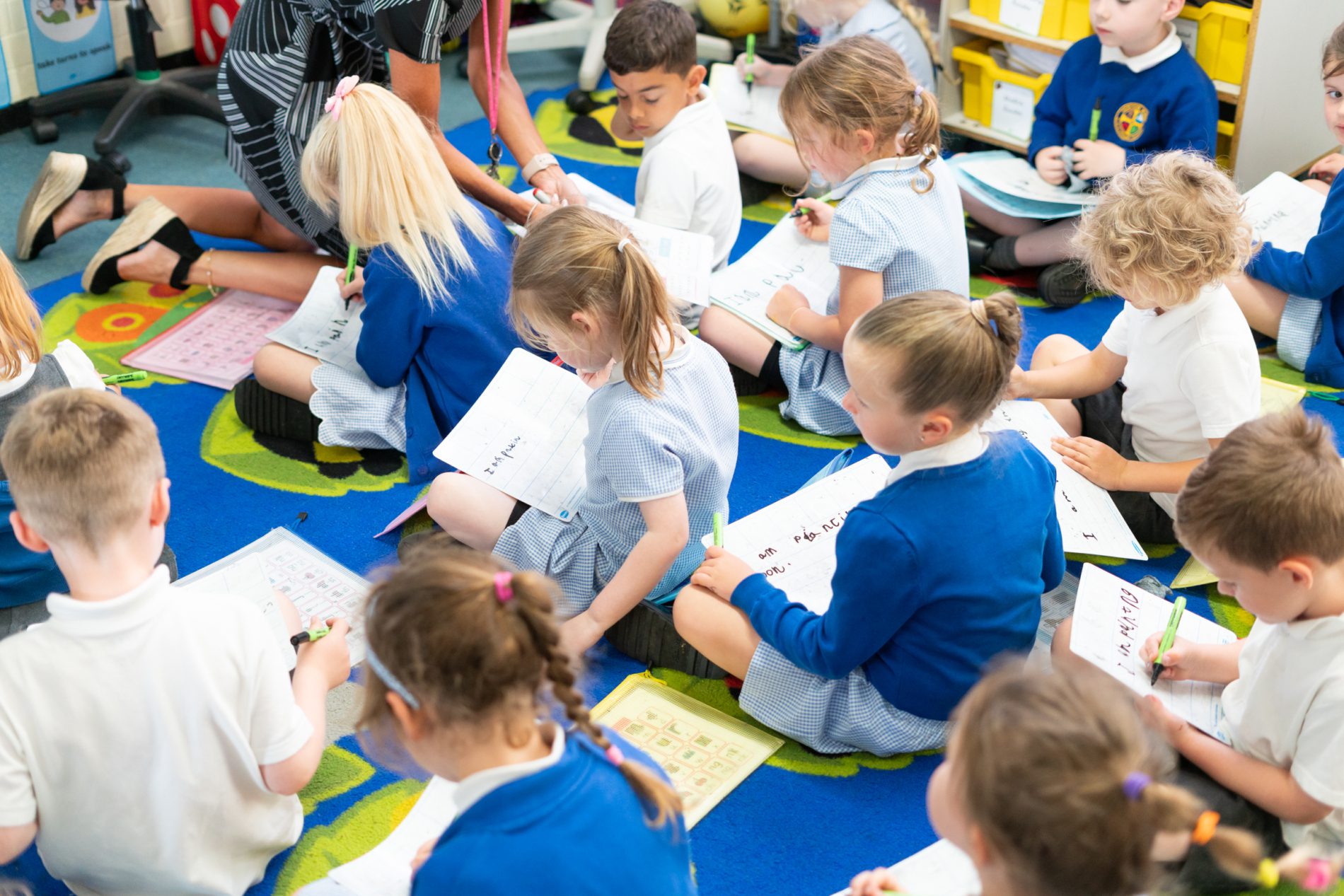
Implementation
It is a comprehensive programme which provides a multi-sensory approach, using letter frames, flashcards, phonic games and listening activities. Using the Little Wandle Letters & Sounds lesson structure, each session will follow the same format of introducing, revisiting and reviewing, teaching, practising and applying.
Phonics is split up into five phases. It is taught in Reception and Year 1. The Phonics programme overview shows the progression of GPCs and tricky words that we teach term by term. The progression has been organised so that children are taught from the simple to more complex GPCs, as well as taking into account the frequency of their occurrence in the most commonly encountered words. Children work on decoding, segmenting and blending in every lesson. Children are exposed to and use the correct subject-specific technical vocabulary (such as phoneme, digraph, and trigraph). All the graphemes taught are practised in words, sentences, and later on, in fully decodable books. Children review and revise GPCs and words, daily, weekly and across terms and years, in order to move this knowledge into their long-term memory.
Reading Practice Sessions
Children in Reception and Year 1 will participate in Reading Practice Sessions with a teacher. The books the children will be reading in these sessions are the Big Cat Little Wandle Books. These books will be carefully matched to the child’s current reading level. The children will read the same book three times, focusing on different reading skills in each session.
Session 1 Decoding – the children will apply their phonic knowledge to read words.
Session 2 Prosody – the children will read the book again and practise reading with prosody so the children develop reading with appropriate meaning, stress and intonation. It provides an opportunity to explore characters’ feelings, what words mean and how punctuation adds to the meaning.
Session 3 Comprehension – Initially, in Reception, the focus will be on identifying key aspects of the text, retrieval and prediction. The children will be reading detectives where they will find clues in the book to answer questions.
Impact
The children will draw on their knowledge of vocabulary to understand texts. They will:
- Identify/explain key aspects of fiction and non-fiction texts.
- Identify and explain the sequence of events in the text.
- Inference and deduction.
- Prediction.
Children will then take this book home after their three sessions. We aim for the children to be able to read the book with 90% fluency.
The 2021 phonics screening check threshold mark was 32/40.
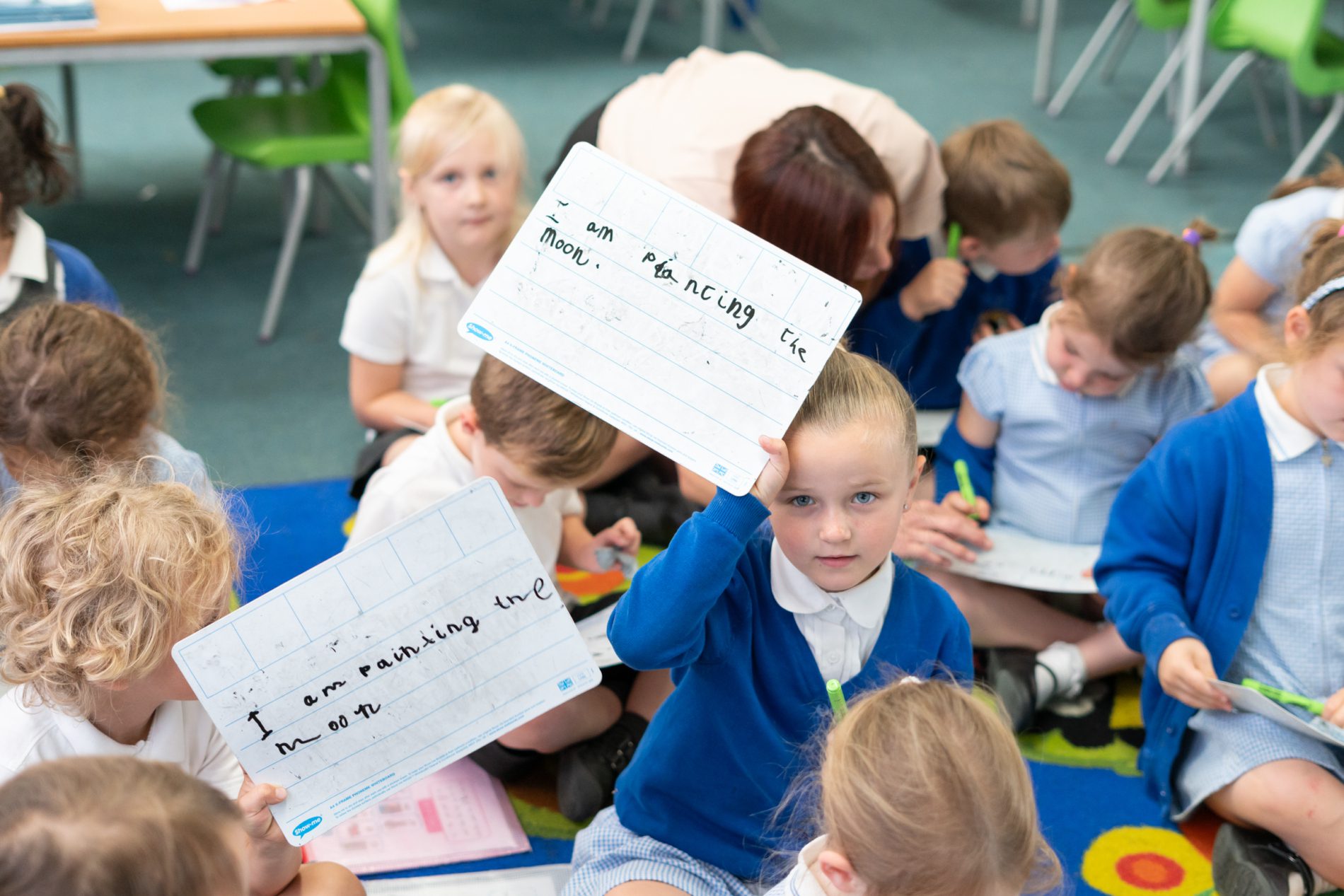
Phonics in Each Stage
Phases 2, 3 and 4 are taught in Reception.
Children in Reception and Year 1 will participate in Reading Practice Sessions with a teacher. The books the children will be reading in these sessions are the Big Cat Little Wandle Books. These books will be carefully matched to the child’s current reading level. The children will read the same book three times, focusing on different reading skills in each session.

In year one, we will review phases 3 and 4. We will start to introduce phase 5.
Children in Reception and Year 1 will participate in Reading Practice Sessions with a teacher. The books the children will be reading in these sessions are the Big Cat Little Wandle Books. These books will be carefully matched to the child’s current reading level. The children will read the same book three times, focusing on different reading skills in each session.
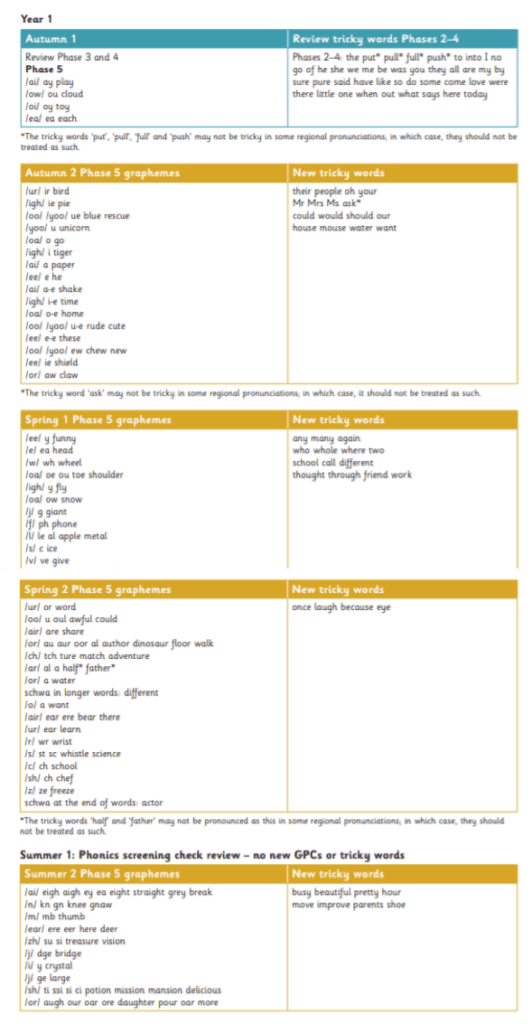
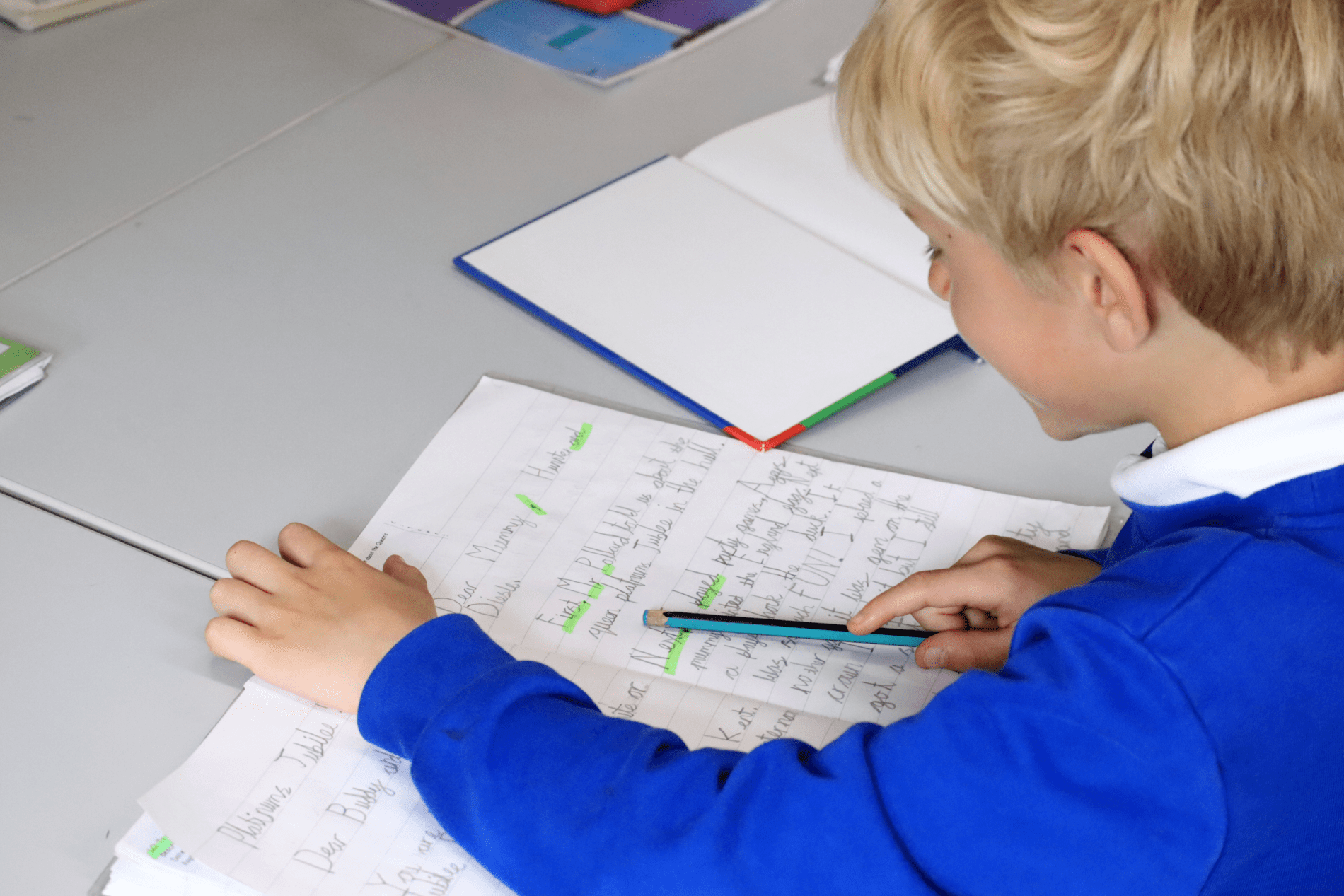
SEND Information
Our SEND and disadvantaged pupils are given the necessary support in class to fully access the supported Phonics curriculum. Learning is adapted where necessary to support SEND/EAL pupils to give equal opportunities for all to be confident in approaching any problems faced. Interventions, support and challenges are constantly revised and adapted to ensure all children are supported in achieving learning. The above areas are robustly and continuously monitored to ensure any gaps in learning are addressed.
Phonics Assessments
Phonics Screening Check
Children in Year 1 throughout the country will all be taking part in a Statutory Phonics Screening Check in June. Children in Year 2 will also take the check if they did not achieve the required result when in Year 1 or if they have not taken the test before. The phonics screening check is designed to confirm whether individual children have learnt phonic decoding and blending skills to an appropriate standard.
What Happens During the Screening?
The test contains 40 words. Each child will sit one-to-one and read each word aloud to their teacher. The test will take approximately 10 minutes per child, although all children are different and will complete the check at their own pace. The list of words the children read is a combination of 20 real words and 20 pseudo words (nonsense words). The pseudo words will be shown to your child with a picture of an alien. This provides the children with a context for the pseudo word which is independent of any existing vocabulary they may have. Pseudo words are included because they will be new to all pupils; they do not favour children with a good vocabulary knowledge or visual memory of words. We prepare children by introducing them to ‘alien’ words throughout their daily lessons using sounds that they have learnt. The pass mark last year was 32/40.
KS2 – Phonics
If the children need further support in their Phonics when they move into KS2, they will be put in an intervention that is tailored to them.
Home Learning
Phonic books will be sent home. Teachers will put the GPC’S the children have learnt in their Phonic sessions, in their Phonic Books, for the children to take home. Regular practice of these GPC’s will support your child in their reading and writing.

